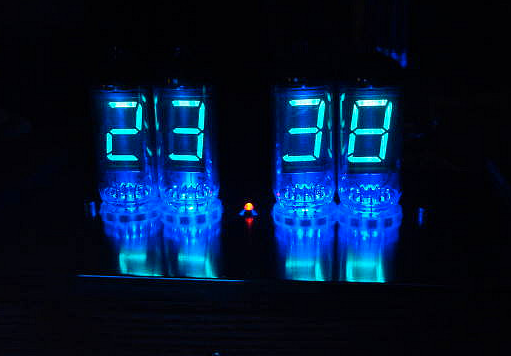How Blue Light And Caffeine Will Help Humans Move To Mars
The simple tricks to fool Earth-evolved humans into living on Mars time.

Living vicariously through a robot on Mars seems glamorous, and in many ways it is, zapping rocks and scooping up sand and whatnot. But the schedule is brutal–Mars has a longer day than Earth, and this is legendarily painful for everyone involved in a mission on that world. Now a new study says it’s possible to adjust, however, resetting our Earthbound circadian rhythms to follow the cycle of Mars instead of our home planet.
The innate human biological clock is not a perfect 24 hours, but rather about 24 hours and 12 minutes–not too short of a Martian sol, which rings in at 24 hours and 39 minutes. But our clocks reset daily according to Earth’s light-dark cycle, which keeps us on track, said Steven Lockley, associate professor of medicine at Brigham and Women’s Hospital and Harvard Medical School. “Our body clocks have not evolved to live on a Martian day, and when we try to force them to do so, it’s very difficult for our body clocks to reset each day,” he said.
This is a major problem and active area of research for space travel. Astronauts on the International Space Station (and formerly on the space shuttles) have a hard time sleeping, too, largely related to the 90-minute window between each sunrise and sunset. Sleep medications are the most widely used medications in space, Lockley said.
You often hear things like ‘Sleep is for wimps,’ or ‘You can sleep when you’re dead’ … We don’t value sleep enough.
Incidentally, this is also a problem for blind people, who frequently suffer from sleep disorders related to their lack of light perception. “In some of the totally blind people I study, their body clocks are much closer to a Martian day, and in fact they would find it much easier to live on this schedule–but sighted people cannot,” Lockley said.
In a study being published this month, Lockley and several colleagues report that it’s possible but tricky to reprogram our clocks. The key is the proper combination of light, caffeine and drugs–and realizing that you can’t just get up and deal with exhaustion, he said.
“You often hear things like ‘Sleep is for wimps,’ ‘You can sleep when you’re dead,'” he said. “It’s seen as a rite of passage in some professions to work 20 hour days. As a society, we don’t value sleep enough. People will say, ‘I’m fine, I’m made of good stuff, I’ll be able to push my way through.'”
The team studied members of the Mars Phoenix mission, which operated a lander near the frigid north pole back in 2008. Light is the strongest time cue, so the experiment used light to re-train the team’s body clocks. In 2006, scientists recognized a new photoreceptor set in mammal eyes, which detects light at the blue end of the spectrum to help calculate time. The set is located in ganglion cells in the front of the retina, and is separate from the familiar rods and cones in the back, which we use to see.
Lockley and colleagues wanted to stimulate this photoreception system, so participants each got a box with 276 blue LEDs inside it, complete with a 20-inch piece of string so they knew how far away it should sit. They turned it on during their shifts–which may have happened in Earthly daylight or in the middle of the night, depending on the day. “It’s like traveling three time zones west every two days. It essentially creates a jet lag,” Lockley explained.
The team members also got a crash course in how to crash properly–when to use caffeine and when to stop so it clears the system by bedtime; how to properly arrange a dark and comfy bedroom; and a “recognition that people are not superhuman,” Lockley said. If team members were tired, they were supposed to report to a higher-up and find someone to help. The participants also had to give urine samples so the team could check for metabolites indicating the circadian rhythm, and wore wrist-mounted motion- and light-trackers to monitor their light exposure and sleep cycles.

Mars Watch Face
It turned out 87 percent of them synchronized to the Martian clock. They slept an average of six hours a night, but were less fatigued and more alert than those who didn’t synchronize to Mars.
Along with helping Mars scientists sleep better, a Mars-synchronization program could help prevent accidents, Lockley believes.
“We spend a lot of money and effort planning the equipment, the communications, all the technical aspects of a mission, but we don’t seem to invest as much in the human factors,” he said. “We need to have a more open and more honest discussion about fatigue, and this will become more important if we ever develop a manned mission to Mars.”
The study appears in the October issue of the journal Sleep.